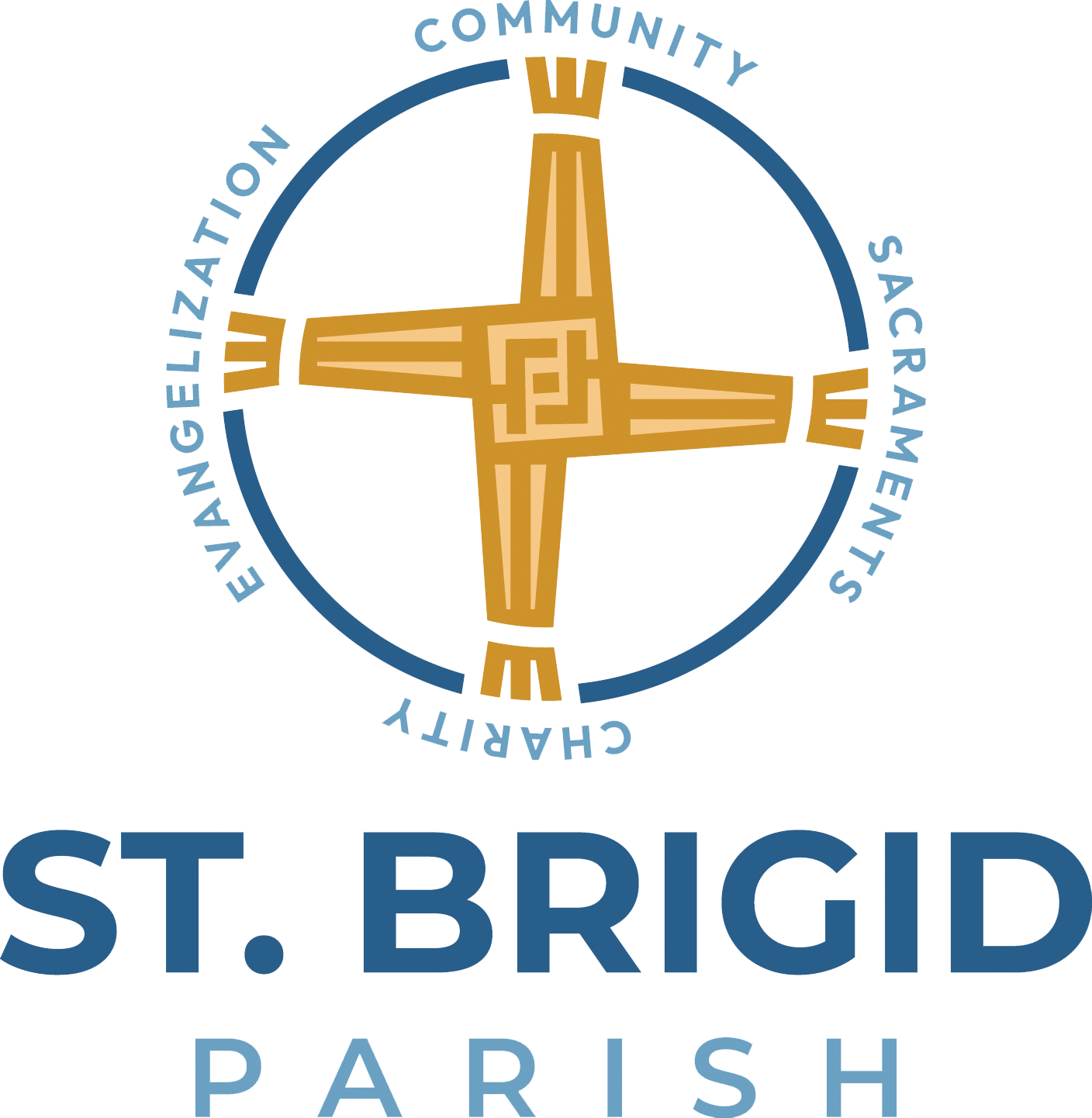Rosary - jesus prayer of the west
The Rosary, a central devotion in Western Christianity, particularly Catholicism, is often described as the "Jesus Prayer of the West." This phrase highlights its role as a repetitive, meditative practice that parallels the Eastern Orthodox Jesus Prayer—"Lord Jesus Christ, Son of God, have mercy on me, a sinner"—which is chanted continuously to foster unceasing prayer and union with God.
Key Similarities and Comparisons
Repetitive structure and focus on Jesus. Both practices emphasize repeating short invocations to center the mind on Christ. The Jesus Prayer invokes Jesus' name directly for mercy, rooted in biblical pleas like the blind Bartimaeus' cry (Mark 10:47) or the tax collector's humility (Luke 18:13). The Rosary, meanwhile, revolves around the Hail Mary ("Hail Mary, full of grace, the Lord is with thee..."), which pivots on Jesus as the fruit of Mary's womb, combined with meditations on events from His life (the Mysteries: Joyful, Sorrowful, Glorious, and Luminous).
Use of beads for Prayer. Eastern Christians often use a prayer rope (chotki) with knots to count repetitions of the Jesus Prayer, aiming for "prayer of the heart" or hesychasm (inner stillness). In the West, the Rosary uses beads to structure prayers—typically 59 beads for a full set, including Our Father, Hail Marys, and Glory Be—while contemplating the Mysteries to draw closer to God.
Spiritual purpose. These are tools for contemplation, repentance, and transformation. The Jesus Prayer seeks theosis (divine union) through humility and mercy. The Rosary acts as a "school of prayer," training the faithful in vocal, meditative, and contemplative prayer, often leading to deeper intimacy with Christ through Mary's intercession.
Historical and Cultural Context
The Jesus Prayer emerged in Eastern monasticism around the 4th-5th centuries, popularized in texts like The Way of a Pilgrim. The Rosary developed in the West during the Middle Ages, traditionally attributed to St. Dominic in the 13th century, though its form evolved over time. Some view the Hail Mary itself as a "Western Jesus Prayer" due to its scriptural roots and focus on invoking mercy through Jesus' name.
Western Christians sometimes adapt the Jesus Prayer by praying it on Rosary beads, starting with the Glory Be on the crucifix and repeating the prayer on each bead, blending the traditions.
Fr. Andrew

